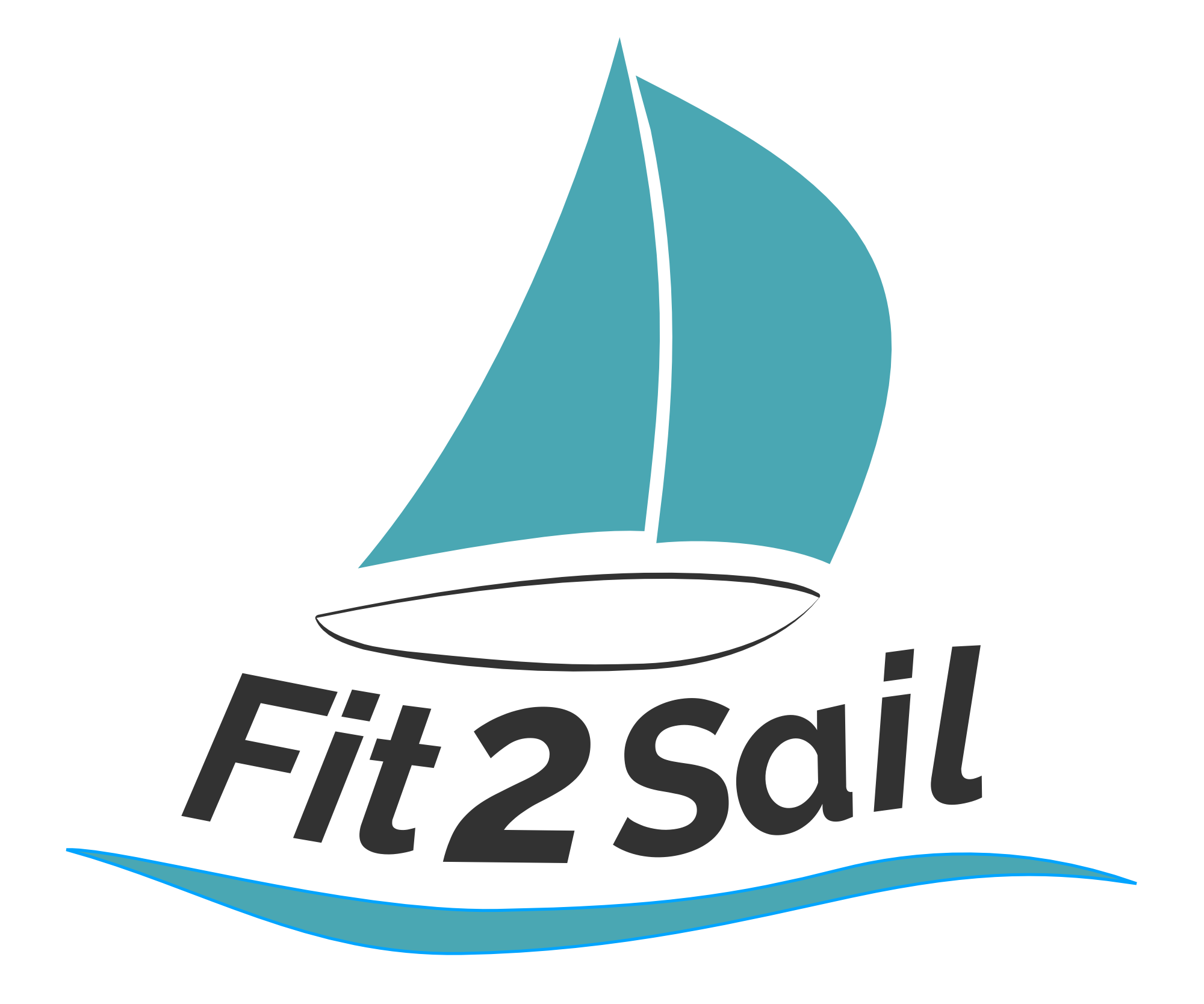No pain no gain
(my first Tony Horton video. Yesterday I purchased my third - P90X3)
I had a conversation with a woman yesterday about exercise and our bodies. She mentioned that some of the moves she’d seen on the video made her joints hurt just by watching. My response? That there are modifications for every move, shown on the video. I went further, though, asking about her specific issues. I modify everything too, because of a bad knee and shoulder, and I made a point of telling her that listening to your body is so so important, whether or not the video trainer shows you less intense ways to move.
“I like your approach! So many people are into ‘no pain no gain.’”
This made me pause. There is good “pain”, which I think of as my muscles working hard. It’s the fatigue that makes me fail midway through a pullup, or collapse on the ground doing a pushup. It’s the great and satisfying ache that comes when I wake up sore the next morning, and the sigh of relief when my muscles start their work again.
And there is not good pain.The twinge when you start to move in a way that is not good. The intake of breath as something goes wrong. The wince (as opposed to the grimace of good pain).
I’ve learned to listen. When I feel a twinge, I stop and modify. No ego involved, no “I have to keep up with whatever superfit superhuman is on the screen in front of me.” That the trainers keep telling me to listen to my body surely helps. “Take breaks,” admonishes Shaun T. “Do your best and forget the rest,” says Tony Horton.
Is there a life lesson in this? Is it badass to be able to read the “pain” signals of my choices, to choose to modify when the pain is not constructive and positive? Maybe so.
I believe I’ll start with Tony’s mantra, changing it a bit. “Do your best and learn from the rest.”
Learning is about as badass as it gets.

